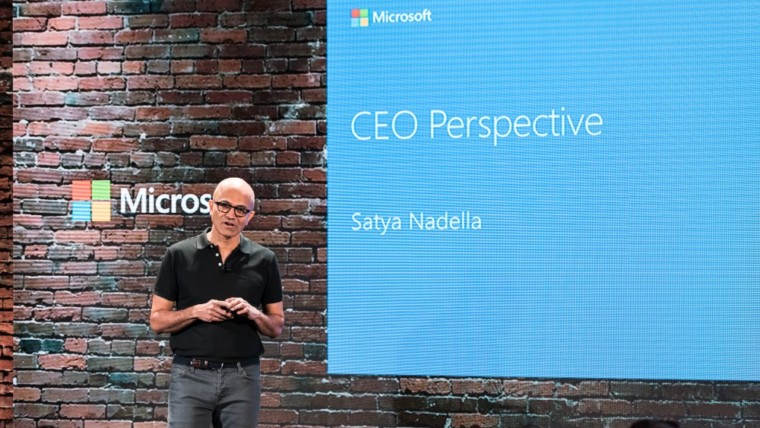Modern tech companies have to move fast—what is shiny, exciting, and current today runs the risk of being antiquated and stale by tomorrow. But when it comes to performance management (PM), many companies are more than happy to stick with what they have been doing for years, sometimes even for decades.
In 2015, Chief Human Resources Officer Diane Gherson had to take a hard look at what was, at that time, IBM’s current model for PM. She identified a chasm between their outdated system and a deep distrust within the employee base. Believing that the company’s PM should employ a more engaging, employee-centric model— closely mirroring the business-wide pivot from efficiency to a focus on speed and innovation—Gherson set out on a year-long journey to convince those above her that this evolution would increase morale and productivity. Initially encountering the typical resistance from those more inclined to lean towards the “tried and true” traditions, Gherson managed to get her ideas heard and implemented, with some perseverance.
Gherson envisioned a PM that would rebuild employee trust, while still retaining company culture. Rather than relying on the top-down approach, Gherson introduced a crowdsourcing concept that would make employees feel like a part of the process. While many employees embraced the proposed change, some were skeptical that such a drastic revamp of the company’s foundation could be truly effective. However, as the plan developed, each step relying on increased employee feedback, employees began to see Gherson’s vision more clearly.
As the employee feedback was culled and parsed, it became clear immediately how important the process was. Beyond providing feedback, the employees wanted to know how their own performance fared. In other words, they preferred detailed feedback to help them grow, as opposed to the usual vague assessments provided by the PM model. This resulted in a final product, launched in February of 2016, known as Checkpoint.
This new form of PM gained attention for its agility and focus on more short-term goals. While understanding assessments and job performance are a major part of most jobs, Checkpoint uses a system of multiple performance ratings with continuous data on what is going well and what could be improved. This format of regularly updated milestones took the place of the extremely unpopular yearly reviews. Checkpoint’ also empowered managers—rather than rely on teams to decide what is best for the workforce as a collective, managers were given greater freedom to make a decision and be held accountable.
Redesigning Your Company’s Performance Management System
Gherson didn’t attempt to completely demolish IBM’s established identity and rebuild it from scratch. Rather, she saw an opportunity to combine the company’s already strong and devout employee base and lively culture with a PM approach that can both increase productivity and boost overall morale at work:
- Align cultural rituals and behaviors with your strategies. By moving away from concepts like long term goal planning and to a short term, feedback-driven strategy allowed IBM to remain as agile with their workforce as they as with their marketplace.
- Develop a system for career learning and development, so people see they have a future at the company. Employees who feel as if they are able to grow and develop both personally as well as professionally, they will be more likely to not just become fully invested in the success of the company but more likely to stay keeping turn over to a minimum.
- Use data to inform your decisions. Feedback was one of the most important factors in developing IBM’s Checkpoint system and remains one of the key components to its overall success. Employees who get regular feedback are better able to adjust performance so as to be better positioned to achieve the set short term goals. Additionally, being able to give feedback allows them to feel as if they are a part of the company’s success holistically while feeling heard and valued.








The Evolutionary Edge
Every Link Ever from Our Newsletter
Why Self-Organizing is So Hard
Welcome to the Era of the Empowered Employee
The Power of “What If?” and “Why Not?”
An Adaptive Approach to the Strategic Planning Process
Why Culture/Market Fit Is More Important than Product/Market Fit
Group Decision Making Model: How to Make Better Decisions as a Team